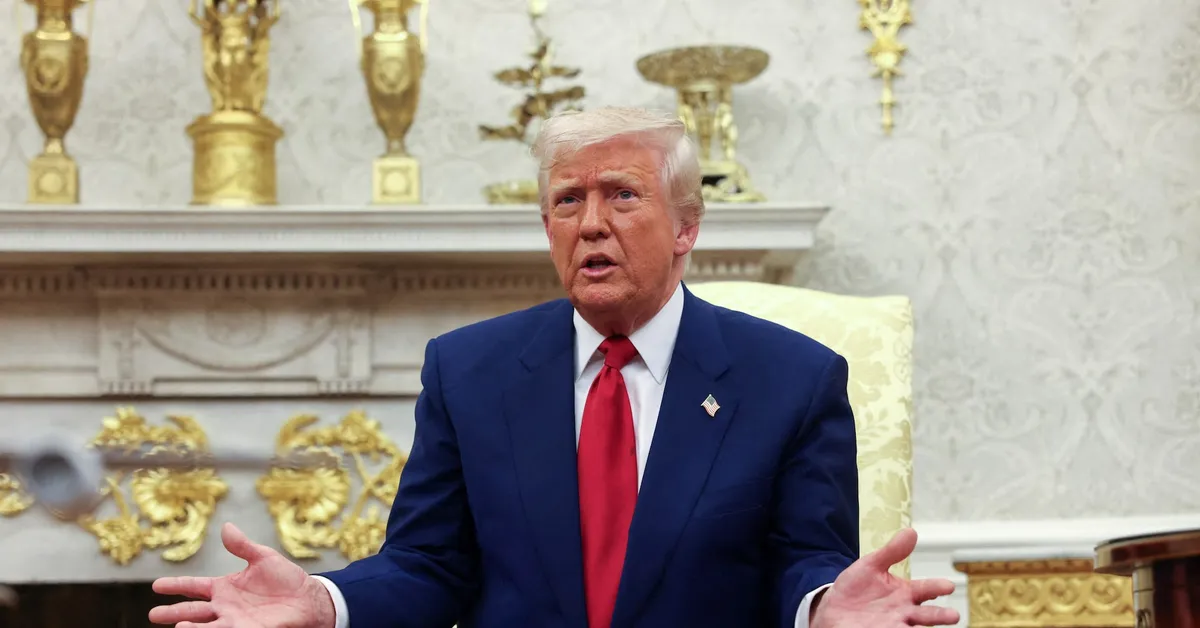
On April 8, 2023, U.S. President Donald Trump is set to sign a series of executive orders aimed at revitalizing the coal industry. This move comes despite ongoing global initiatives to reduce carbon emissions and combat climate change. According to a senior White House official and two anonymous sources who spoke to Reuters, these actions signify Trump's continued commitment to increasing U.S. energy output.
Currently, coal-burning plants contribute less than 20% of the electricity generated in the United States, a significant drop from about 50% at the turn of the century. The Energy Information Administration attributes this decline to the rise of fracking and advanced drilling techniques that have significantly boosted natural gas production. Additionally, the growth of solar and wind power has further contributed to the decreased reliance on coal.
Trump, representing the Republican Party, has consistently campaigned on a platform that emphasizes the expansion of U.S. energy resources. Since taking office on January 20, he has actively sought to roll back various energy and environmental regulations. The signing of these new energy-related orders is scheduled to take place at the White House at 3 p.m. (1900 GMT) on Tuesday, April 8.
The forthcoming executive orders are expected to focus on preserving coal plants that are at risk of being decommissioned. Reports indicate that the orders will instruct Energy Secretary Chris Wright to evaluate whether coal used in steel production qualifies as a critical mineral. Furthermore, the orders will direct Interior Secretary Doug Burgum to formally end the moratorium on coal leasing on federal lands and prioritize the leasing process for coal.
While coal remains a significant part of the U.S. energy landscape, it is important to note that burning coal releases more carbon dioxide, the primary greenhouse gas, than any other fossil fuel. Moreover, coal combustion produces various criteria pollutants that have been linked to serious health issues, including lung and heart diseases. The decline in coal usage over recent years is largely attributed to regulatory measures implemented by Democrats, including former President Joe Biden.
Supporters of the coal industry argue that existing U.S. coal plants currently provide power to the grid approximately 40% of the time. They believe that this figure can be enhanced through deregulation and other supportive measures. Additionally, the demand for power is on the rise for the first time in two decades, driven by the increasing energy needs of data centers for artificial intelligence, electric vehicles, and the growing crypto currency sector.
As Trump prepares to sign these executive orders, the future of the coal industry hangs in the balance, reflecting the ongoing conflict between traditional energy sources and the push for cleaner, renewable energy alternatives.